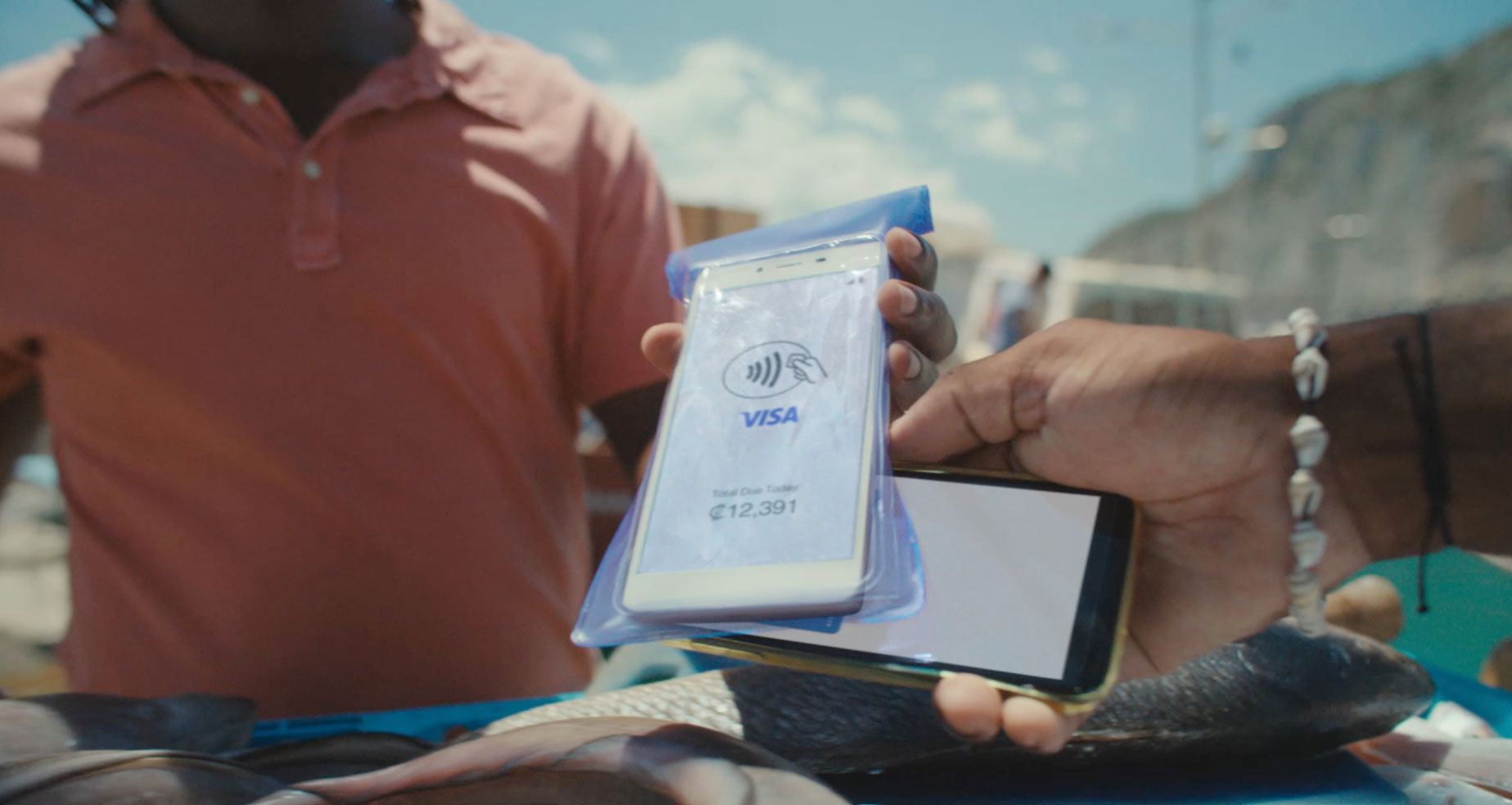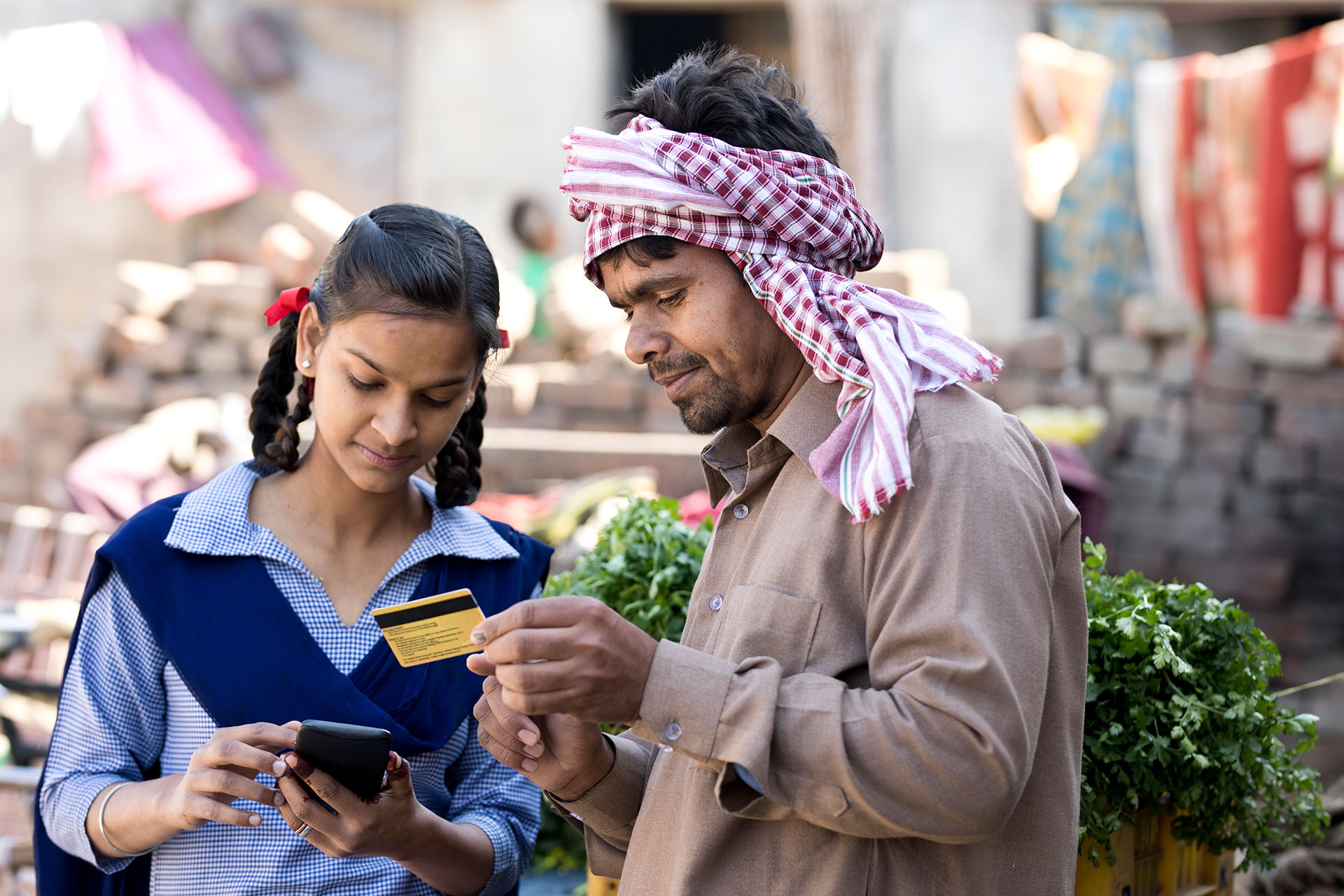
Asia’s creator economy won’t spark without agile payments
Why legacy payment systems could shut companies out of a $1.2 trillion opportunity
As the world becomes more digitally interconnected, Asia Pacific’s workforce is adapting to a new reality. Over the past five years, millions of young, digitally savvy entrepreneurs across the region have joined the global “creator economy” – that is, individuals publishing creative content on digital marketplaces as a full- or part-time source of income.
As these artists, social media influencers, bloggers, vloggers and other creatives seek to reach new audiences and monetise their offerings, they’re contributing to a global boom in social commerce. Market research suggests that sales in this sector could reach US$1.2tn worldwide by 2025. More than half of all Gen Z workers across Asia already have online side hustles, while mass layoffs in traditional sectors have pushed older workers into freelance employment. Much of the demand for creative content is being filled by emerging nations such as the Philippines and India, which now rank among the world’s top five fastest-growing countries for freelance work. Yet, for all the excitement over Asia’s creative economy, its success rests on relatively mundane considerations.
“The environment of working has changed and microbusiness owners as well as individuals in the gig, freelance and content-creator communities are looking for fast, seamless access to their earnings to keep their cash flows and operations healthy. There is technology today that exists to get these businesses and individuals quick access to their funds,” says Deepan Dagur, Head of Visa Direct, Asia Pacific. To support these growing segments, Visa partners with payment services providers to offer customised business-to-consumer (B2C) payment solutions that meet their needs effectively.
Empowering the creator economy
As these creators build their businesses on global social-media platforms, they often monetise their content through partnerships with brands, along with donations and tips from followers. Typically, these payments – many of which might amount to “micropayments” of less than US$10 – are processed within the creator’s chosen platform.
That means platforms need a secure micropayouts infrastructure that can systematically process small-value, high-volume payments on an individual transaction level. They must also meet content creators’ expectations of a monetisation service that is fast, locally relevant (that is, available via locally popular payment methods), free or with minimal fees, and available to draw upon without the creator having to accumulate a significant balance.
However, the challenge platforms face with using legacy payment infrastructures such as those traditionally provided by banks is that these come at a fixed cost. “If you look at the statistics, smaller value payments cross-border make up the bulk of the transactions,” says Dagur. “It’s really important to make micropayments run smoothly to successfully support the fast-growing content creator community. Payment services providers have this unique opportunity to enable platforms to develop the capabilities needed to process rapidly rising volumes of smaller, but more frequent, cross-border remittances.”
It’s really important to make micropayments run smoothly to successfully support the fast-growing content creator community.
Frictionless cross-border payments
The rise of the gig economy and on-demand work has also accelerated momentum for on-demand payments, where subcontractors can be paid wages on a schedule that works best for them. This includes people working for ecommerce platforms based in a different location to their own. Here, platforms need a micropayout provider that can pay in the worker’s preferred currency, while also shortening wait times. The provider needs to be able to convert currencies simply and transparently, and share the local currency value of a payout back to the gig worker.
Payments in small increments and between geographical regions can create challenges for legacy payment-services providers. Dagur explains: “Cross-border payments remain a challenge in every market, as payments ecosystems in general are hyperlocal. How best, for example, can an ecommerce platform in Hong Kong arrange a rapid, frictionless US$64 payment to a handicrafts micro-enterprise in Cambodia? A traditional bank transfer might cost US$20 and take several days, which is unlikely to be viable in a business sense.”
Making the global local
Visa Direct is tackling these challenges by working closely with the entire ecosystem of banks, fintechs and merchants across Asia Pacific to come up with viable solutions. A key focus is providing the infrastructure for freelance and creator platforms to make efficient – and borderless – micropayouts. To achieve this, Visa Direct is leveraging its extensive network to support a variety of innovative payment types. This is helping to drive more efficient and seamless ways of accessing money for microbusinesses and consumers alike.
Visa is already enabling individuals and organisations to send money to any bank account in more than 190 countries and territories, and facilitating payments into 130 different types of digital wallets in more than 50 markets. By enabling new payment endpoints such as cards and digital wallets, Visa is also promoting the financial inclusion and economic empowerment of more users and businesses within the region’s burgeoning creator and gig economies.















